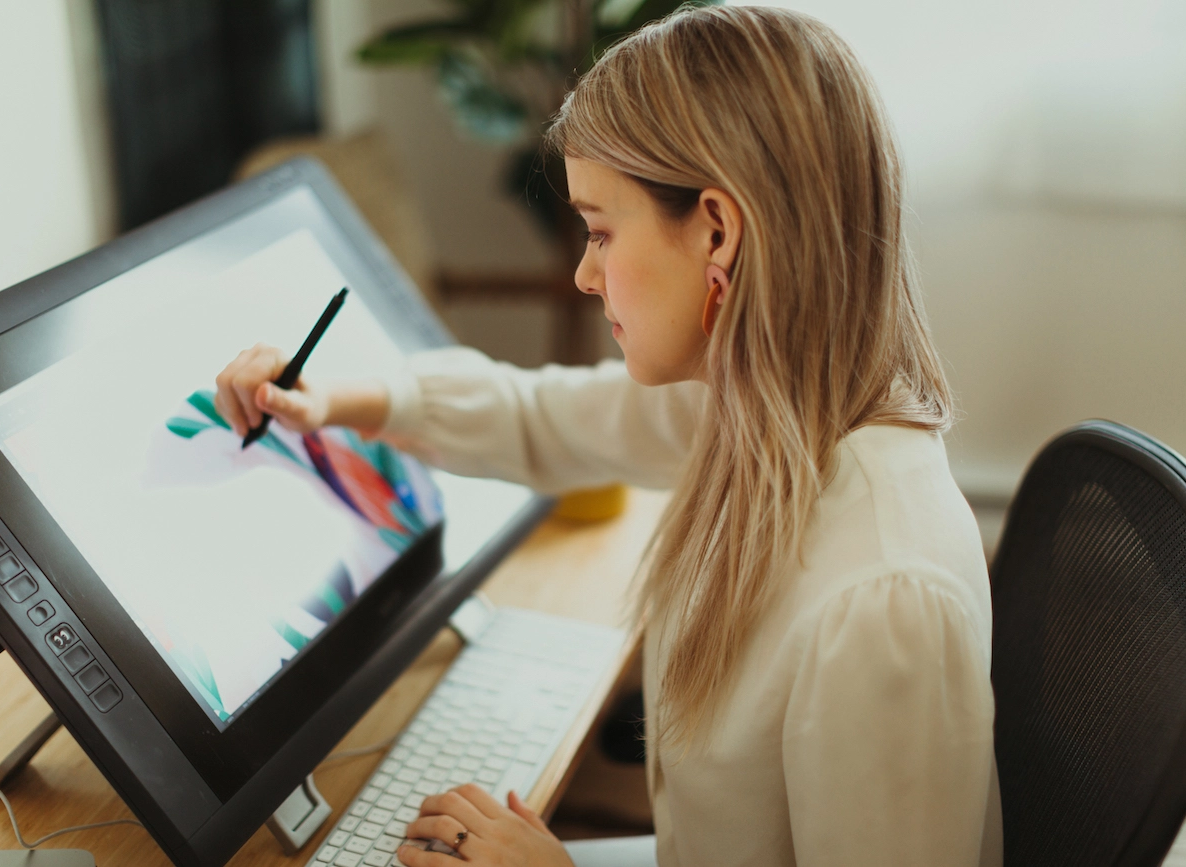Build a Career in Freelance Character Design

Ever wanted to learn what it takes to be a professional freelance character designer? Meet Sarah Beth Morgan, a freelance illustrator, animation director, and educator who offers some insight into the world of character design for animation.
Tell us about yourself! Who are you and what do you do?
Hey! Thanks for having me. I’m a freelance animation director and illustrator based in Portland, Oregon. My career in the motion and illustration world has fluctuated a lot over the years, but currently, I really enjoy setting the style direction of commercial animation projects, leading teams, and advocating for women in the industry.
I’m also an online educator with courses at School of Motion and Skillshare. My husband, Tyler, is also in the industry so sometimes we’ll collaborate on projects—me designing and him animating!

How did you get started in character design for animation?
After receiving my BFA in Motion Media at the Savannah College of Art and Design, I essentially learned character design on the job.
My first full-time position was as a staff designer at Scholar (a commercial motion studio) in Los Angeles. It was there that I was constantly creating styleframes for job pitches. A lot of those pitches required different illustration styles and versatile characters. Drawing quickly every day really leveled up my skills! It was really the constant practice and help of my coworkers that got me to where I am today.
“Drawing quickly every day really leveled up my skills! It was really the constant practice and help of my coworkers that got me to where I am today.”
Through all this, I realized I loved the illustration portion of the animation world (more than animating itself) and have continued down that path ever since! Here’s an example of what my first character design looked like, versus some of my work today.


Where do you pull inspiration from when it comes to your work?
Great question! I always just try to figure out what’s best for the brief or client. It’s really all dependent on the concept and emotion. If a piece is dark and dimensional, I might look to sculpture or 3D design for inspiration. If a piece is supposed to be lighthearted, 2D, and graphic—I might look at art books, vintage advertisements, or Pinterest (I know… very basic ha!).
Now that I’m further along in my career, I don’t always create moodboards. A lot of times, I can trust my gut and just begin playing around with different styles and see what feels right for the project.

Top 3 character design tips for beginners
- One of my favorite hacks for creating character designs is to take my own reference photos using Photobooth. I’m not traditionally trained in figure drawing, so it’s always been a struggle for me to figure out how the human body looks in different positions.
- Exaggerate proportions. After finishing a rough sketch of a character in Photoshop, I’ll go back in and resize the body, the hands, the feet—whatever feels right for the character’s personality. This always helps to make your character more unique and interesting. It gives them a little personality.
- Finally, if you’re setting up your character design file for animation—make sure to NEVER flatten your layers and label EVERYTHING! This is key.

Any advice for someone pursuing a career in character design?
I’m sure there are artists out there who specialize in characters full-time (and have a lot more experience than me!), so I’m not entirely sure how you’d ONLY work on characters full-time. In my experience in the motion industry, most character designers are also illustrators who have the skill and know-how to integrate those characters into a scene.
“If you want to be good at character design, it’s going to require a lot of iteration and practice.”
I would say if you want to be good at character design, it’s going to require a lot of iteration and practice. Don’t get frustrated when you can’t get the proportions right on the first go. Just keep persisting and experiment. You’ll get there!